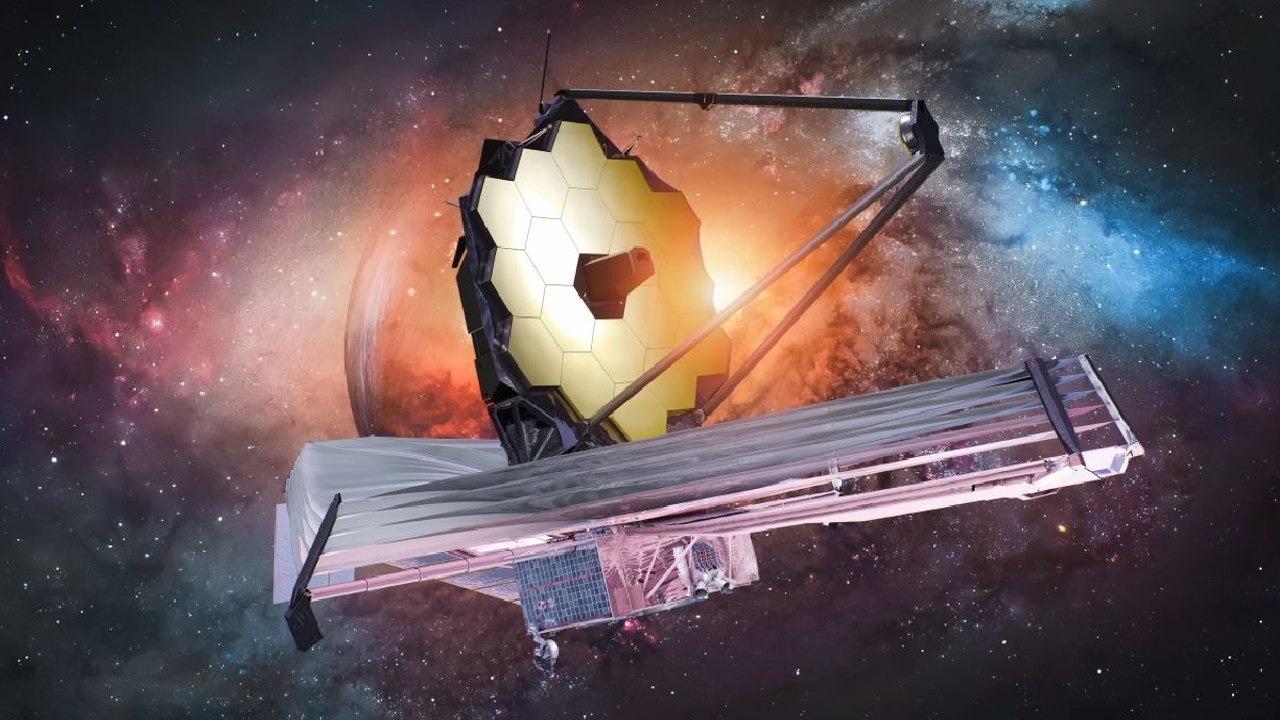James Webb Space Telescope finds ‘signs of life’ on another planet
The James Webb telescope sent into space last year may have made an exciting new discovery. The telescope has obtained as yet unconfirmed data on signs of life on a distant planet.

The James Webb Space Telescope of the National Aeronautics and Space Administration (NASA) has obtained unconfirmed data on signs of life on a distant planet.
Experts say the telescope may have detected a molecule called dimethyl sulfide (DMS) on the planet, which, at least on Earth, is only produced by living things.
However, the researchers emphasize that the detection of the planet 120 light years away is "not strong enough" and more data is needed to confirm the existence of the molecule.
The researchers also detected methane gas and carbon dioxide (CO2) in the planet's atmosphere.
The detection of these gases could mean that the planet K2-18b has a water ocean.
Professor Nikku Madhusudhan, who led the research at the University of Cambridge, told the BBC that his entire team was "shocked" by the data.
"On Earth, DMS is produced only by living organisms. In the Earth's atmosphere, most of it is emitted from phytoplankton in marine environments," Madhusudhan said.
RESULTS NOT FINALISED YET
Madhusudhan states that the detection of DMS is not yet finalized and more data is needed to confirm its existence.
This data is expected to arrive after a year.
"If it's confirmed, it's a very big deal. But if we're making such a big claim, I feel a responsibility to get the right results," Madhusudhan added.
Astronomers detect for the first time the possibility of DMS on a planet orbiting a distant star.
Source: BBC











